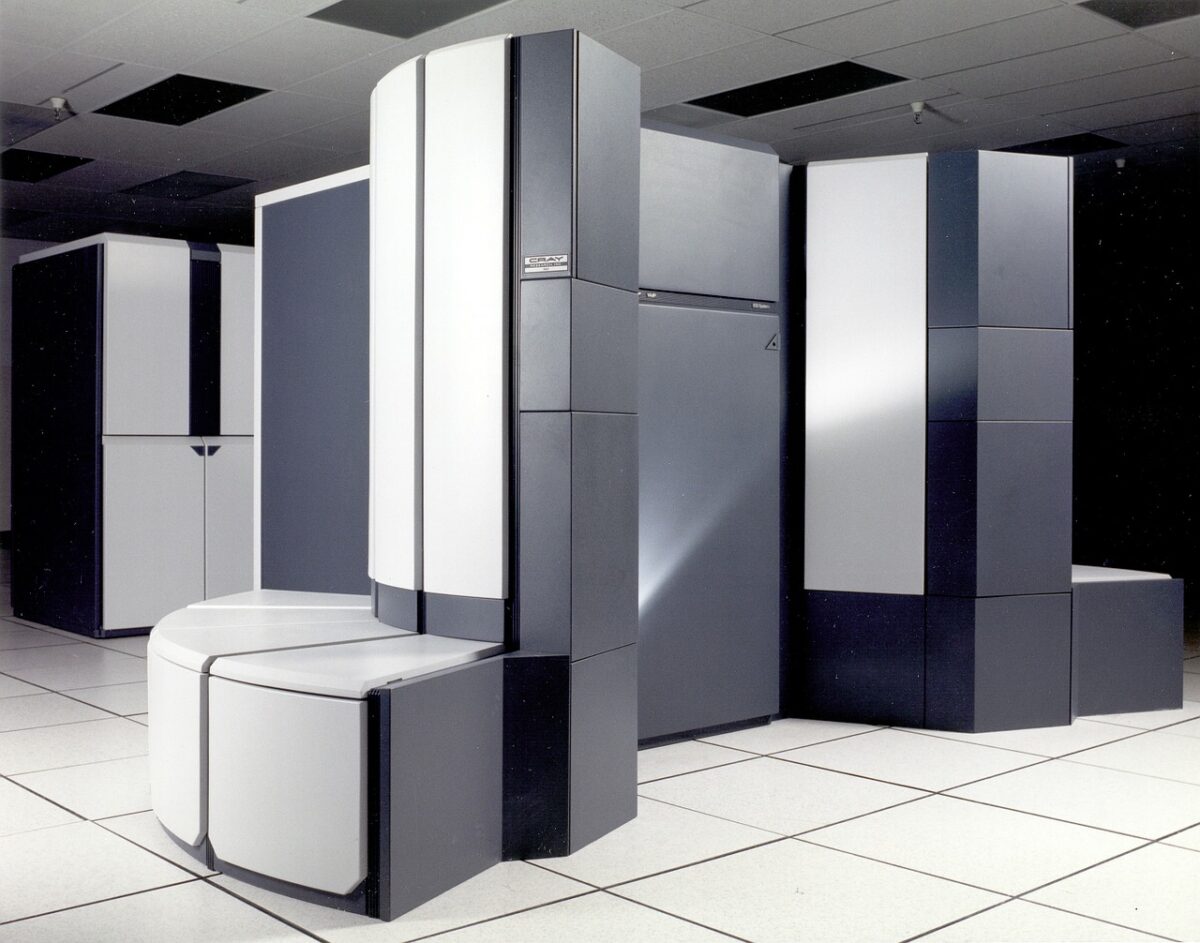Two Georgia State University professors in partnership with a South African university are working to build a way to help reduce the prevalence of HIV/AIDS among youth, as well as reducing violence in the community. (Georgia State University website, 2010)
Tag: news release
A cybersecurity researcher at Georgia State will work with other U.S. security experts to face the needs, risks and challenges of defense in the face of the growing threat of information warfare in the 21st century. (Georgia State University website, 2010)
There are many who everyday brave Atlanta’s notorious traffic to commute to Georgia State by bicycle. Yet there are many more who want to bike to campus, but just don’t know where to start, according research by members of an initiative that’s aimed towards getting more people on bikes at GSU. (Georgia State University website, 2010)

A Georgia State University chemist and his colleagues are among a just a few teams in the country who have been given access to powerful supercomputers by the U.S. Department of Energy to model the mechanisms surrounding the replication and repair of DNA. This research may lead to further understanding about basic processes underlying cancer and degenerative diseases. (Georgia State University website, 2010)
Georgia State University scientists have found that the gas nitric oxide – an air pollutant found in cigarette smoke and automobile exhaust – is also produced in cells of the nervous system and serves physiological functions. This discovery has implications for better understanding the nervous system’s development and its diseases. (Georgia State University website, 2010)